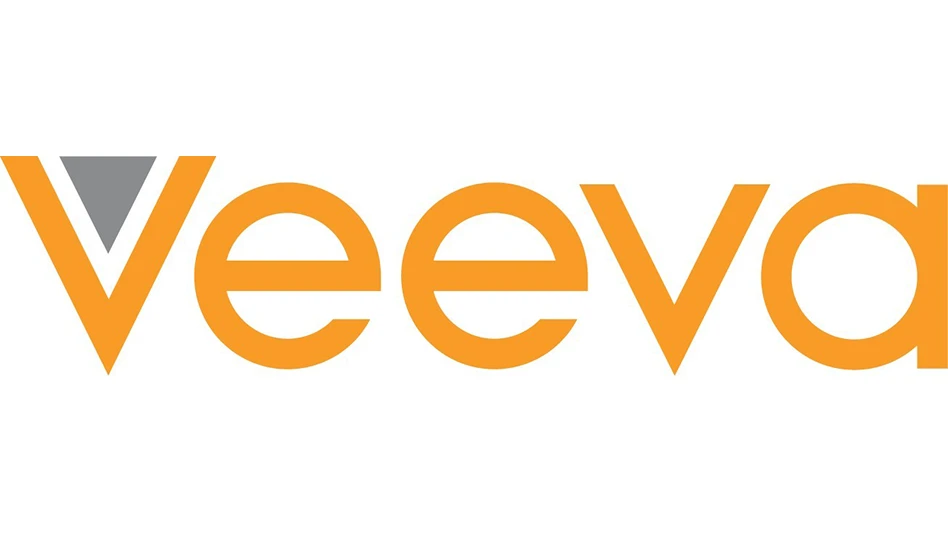
Photo courtesy IDTechEx
Editor’s Note: This article was written by Sona Dadhania, senior technology analyst at IDTechEx.
"Forever chemicals," or PFAS, are coming under increasing regulatory pressure globally as concerns over the negative effects of PFAS on human health and the environment are mounting. In its new report, "Per- and Polyfluoroalkyl Substances (PFAS) 2024: Emerging Applications, Alternatives, Regulations", IDTechEx explores the future trajectory of PFAS in five emerging applications: thermal management for data centers, sustainable food packaging, electric vehicles, low-loss materials for 5G and the hydrogen economy.
INTRODUCING THE ‘FOREVER CHEMICAL’ FAMILY. PFAS stands for per- and polyfluoroalkyl substances and refers to synthetic chemical compounds that contain multiple fluorine atoms attached to an alkyl chain. The broad definition of PFAS by the Organization of Economic Cooperation and Development encompasses nearly 5,000 unique chemicals, including PFOA, PFOS and PTFE.
Unsurprisingly, the applications of different PFAS chemicals are nearly as broad as the chemical family itself. Depending on the specific chemical, PFAS are used in industries including semiconductor manufacturing, healthcare, non-stick cookware, and firefighting foams.
WHY ARE CONCERNS OVER PFAS RISING? Why are PFAS now coming under increased scrutiny? The colloquialism "forever chemicals" hints at a key issue for PFAS: its persistence in humans, wildlife and the environment. Not only is PFAS persistent, but they can also be found even in isolated areas; thus, humans can be exposed to PFAS through a variety of sources. Now, scientific evidence is growing that, depending on different factors, continued exposure to specific PFAS may lead to negative health effects, such as increased risk of cancer, developmental delays and hormonal issues (per the US EPA and the OECD).
A NEW REGULATORY LANDSCAPE. With growing concerns over the impact of PFAS on human health and the environment, there are pushes for increased regulations on the use of certain groups of PFAS. Several important regions in the global economy are considering or adopting universal PFAS restrictions, including the European Union (which introduced its universal PFAS restriction proposal in 2023) and the U.S. states of Maine and Minnesota. With such a complicated landscape of PFAS regulations potentially developing worldwide, it is essential for businesses to understand existing and proposed regulations for PFAS to understand its potential effect on them.
ALTERNATIVES FOR PFAS IN EMERGING HIGH-TECH APPLICATIONS. As such, with broad legislation potentially impacting PFAS in countless different applications, it is essential for businesses to consider potential alternatives for PFAS.
Heavy regulations on PFAS would be particularly impactful in emerging high-tech applications. In these less-established markets, PFAS can sometimes act as key technology enablers. PFAS could be used as membranes in fuel cells, as coolants for immersion cooling in data centers, as insulating materials in high-voltage cables, or as moisture-repelling coatings in molded fiber packaging. Therefore, identifying replacements for PFAS in those applications will be important for the future growth of those emerging areas.
For businesses manufacturing or using PFAS in high-tech fields, IDTechEx’s new report, "Per- and Polyfluoroalkyl Substances (PFAS) 2024: Emerging Applications, Alternatives, Regulations", not only identifies the specific impact of different PFAS regulations in key emerging application areas but also identifies potential alternatives for PFAS in these areas. Covering a broad range of growing yet critical future markets, the five main emerging technology areas analyzed by IDTechEx are:
- Membranes in the hydrogen economy
- Thermal management for data centers
- Electric vehicles
- Low-loss materials for 5G
- Sustainable food packaging
There are many alternatives that could potentially replace PFAS in these emerging applications. These alternatives may be at different stages of technology readiness and market maturity, but by analyzing their status, suppliers, advantages, disadvantages, etc., a critical assessment of these non-PFAS alternatives' market potential can be developed. Some alternatives have the potential to substantially impact their application areas, while others have a much longer road to market penetration that includes solving major technical and economic challenges. Regardless, for anyone connected to emerging industries, the pressure is increasing to have a clear understanding of how future PFAS regulations may impact nascent high-tech industries but also what commercial and developing alternative materials are available to replace PFAS in these industries.
For more information on the new IDTechEx report, including downloadable sample pages, visit www.IDTechEx.com/PFAS.
For the full portfolio of sustainability market research from IDTechEx, visit www.IDTechEx.com/Research/Sustainability.
Latest from Quality Assurance & Food Safety
- FDA, USDA Seek Information About Food Date Labeling
- William Marler, Food Safety Advocate and Lawyer, Condemns Lack of Safety of U.S. Food Supply
- AFDO Infographics Illustrate State-Level Impact of FDA’s Proposed Budget Cuts
- Multistate Outbreak of Salmonella Typhimurium Linked to Cucumbers
- USDA Begins National Milk Testing Strategy to Address H5N1 in Dairy Herds
- USDA Announces Grain Inspection Advisory Committee Appointments
- Eagle Product Inspection Highlights FA3/M Fat Analysis Machine for Meat Inspection
- IFT Student Association Chapters Celebrate 50 Years of Inspiring the Next Generation of Food Science Leaders





